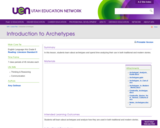
In this lesson, students learn about archetypes and spend time analyzing their use in both traditional and modern stories.
- Subject:
- Arts and Humanities
- Material Type:
- Lesson Plan
- Provider:
- Utah Education Network
- Date Added:
- 07/14/2021

In this lesson, students learn about archetypes and spend time analyzing their use in both traditional and modern stories.
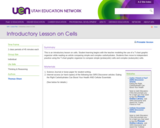
This is an introductory lesson on cells. Student learning begins with the teacher modeling the use of a T-chart graphic organizer while reading an article comparing simple and complex carbohydrates. Students then move to independent practice using the T-chart graphic organizer to compare simple (prokaryotic) cells and complex (eukaryotic) cells.
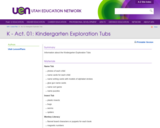
This unit uses the childrenŐs names as the foundation for teaching language, alphabetics, one-to-one counting, sequencing, concepts of print, and phonemic awareness. The childŐs own name is the most important word to him. Although many children come to school with an awareness of environmental print, they see the environmental print words as a whole.
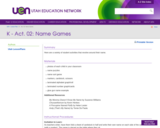
This lesson provides a variety of student activities that revolve around their name.
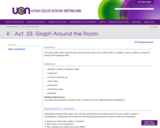
This lesson plan helps students know what they do to take care of their bodies. In addition, it gives students a chance to practice their graphing skills.
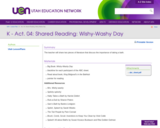
In this lesson the teacher will share two pieces of literature that discuss the importance of taking a bath.
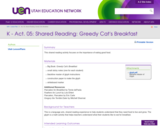
This shared reading activity focuses on the importance of eating good food.
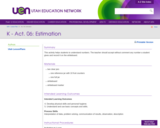
This activity helps students to understand numbers. The teacher should accept without comment any number a student gives and record it on the whiteboard.
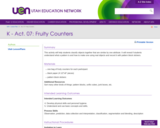
This activity will help students classify objects together that are similar by one attribute. It will reveal if students understand what a pattern is and how to make one using real objects and record it with pattern block stickers.
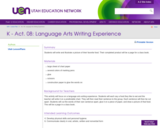
In this lesson students will write and illustrate a picture of their favorite food. Their completed product will be a page for a class book.

A student manual developed by the Utah State Board of Education, in cooperation with the Unified Police of Greater Salt Lake

This activity is designed to teach the attributes of each coin (penny, nickel, dime and quarter), including physical characteristics and value.
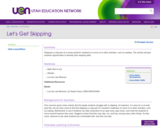
Skipping is a big part of a young studentŐs readiness to move on to other activities, such as reading. This activity will give students opportunities to develop their skipping skills.
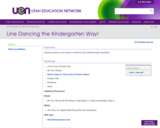
In this lesson students perform a line dance to reinforce story telling through movement.

Students will listen to a familiar story with repetitive lines that the children can remember. They will make puppets and retell the story in small groups with an adult volunteer or an older child. Main Curriculum Tie: English Language Arts Kindergarten Reading: Literature Standard 2, With prompting and support, retell familiar stories, including key details. All children will participate in retelling a familiar story using puppets. This will help develop oral language and comprehension.
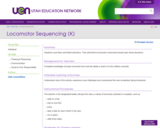
In this lesson students must listen and follow directions. They will perform locomotor movements based upon those directions.
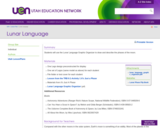
Students will use the Lunar Language Graphic Organizer to draw and describe the phases of the moon.
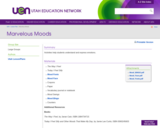
The activities in this lesson help students understand and express emotions.
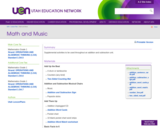
All the activities in this lesson are addition and subtraction based. It is not designed to introduce addition and subtraction, rather, to supplement and enrich lessons already being taught. This lesson is not designed to be completed in one sitting. It may be done throughout an entire addition and subtraction unit. These activities may be used as starter activities when introducing new math concepts, particularly those that relate to addition and subtraction.
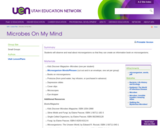
In this lesson students will observe and read about microorganisms so that they can create an information book on microorganisms.